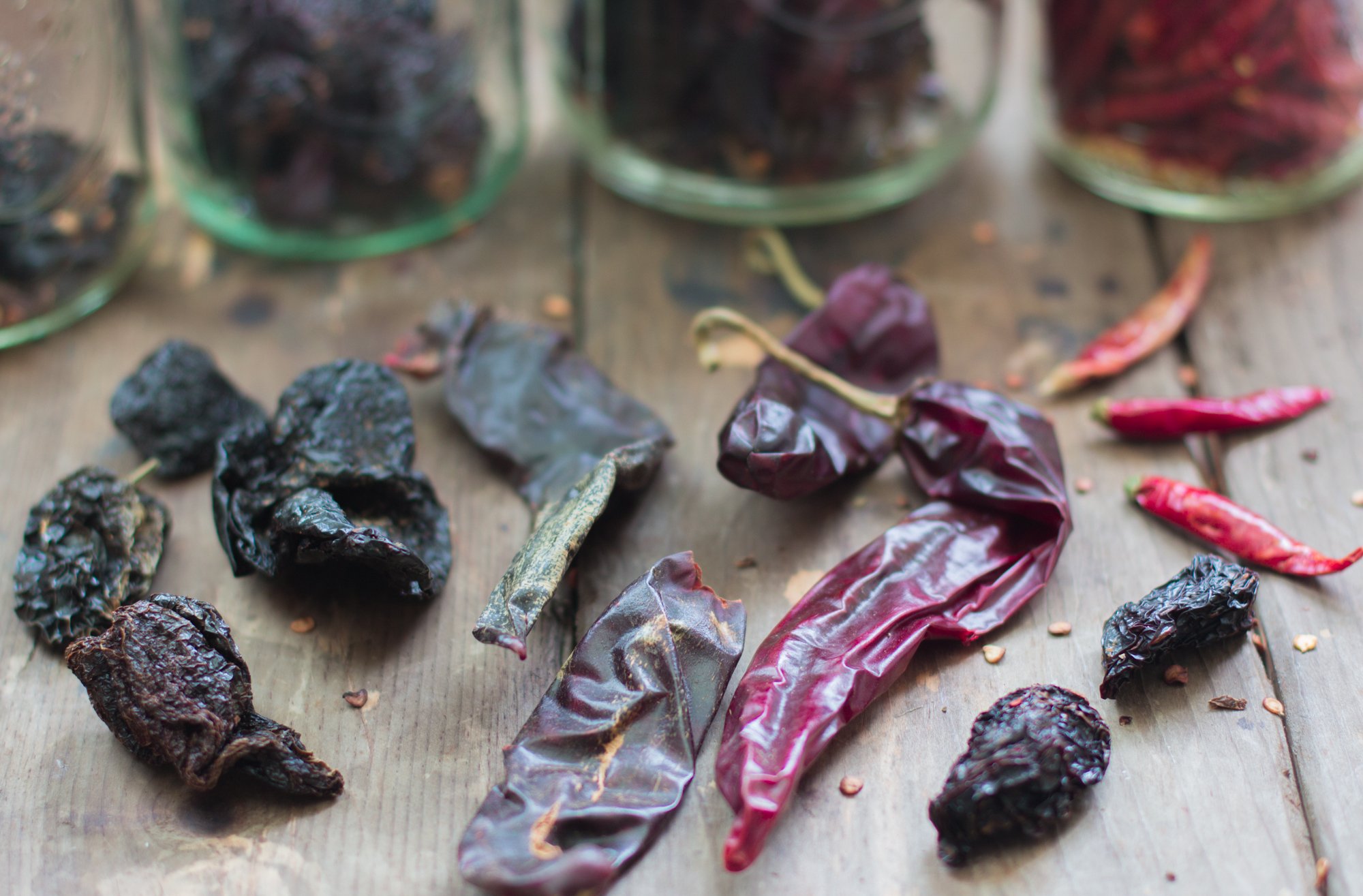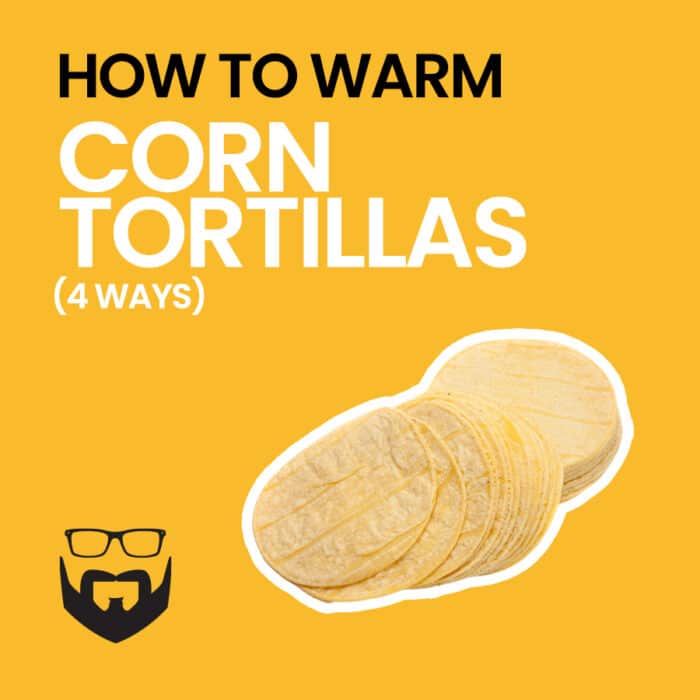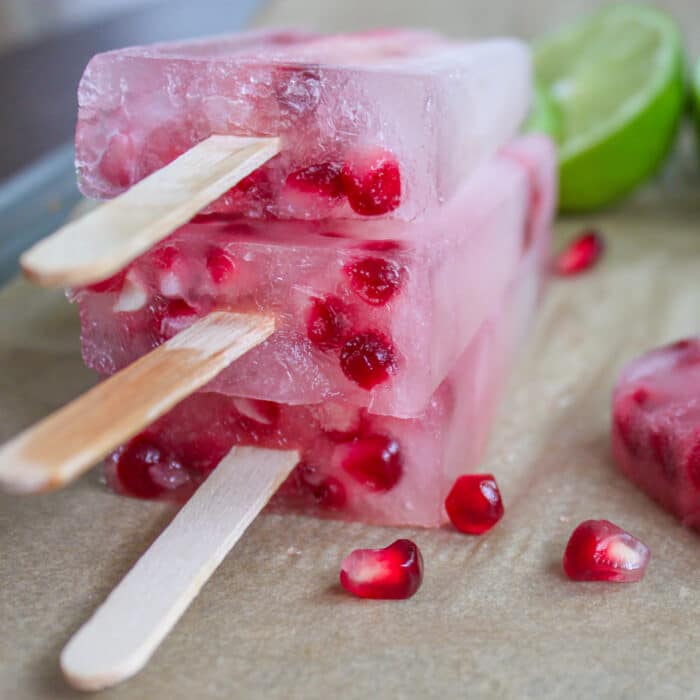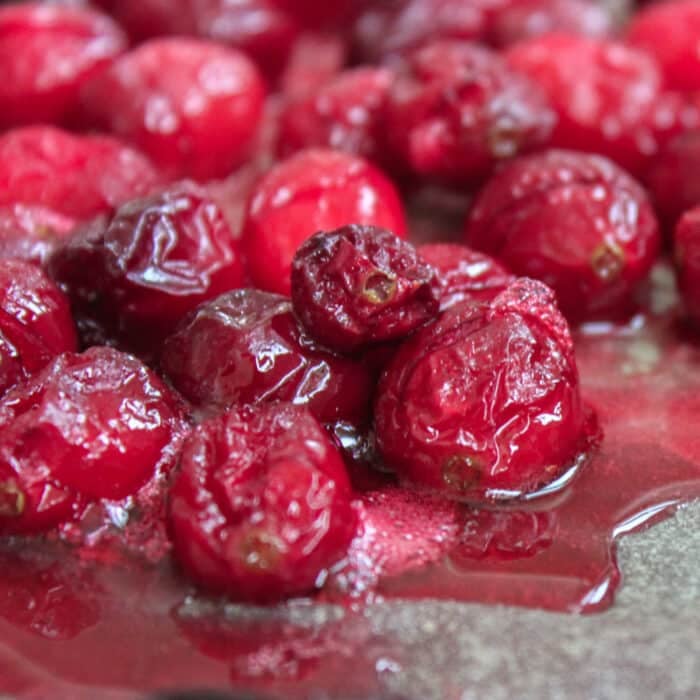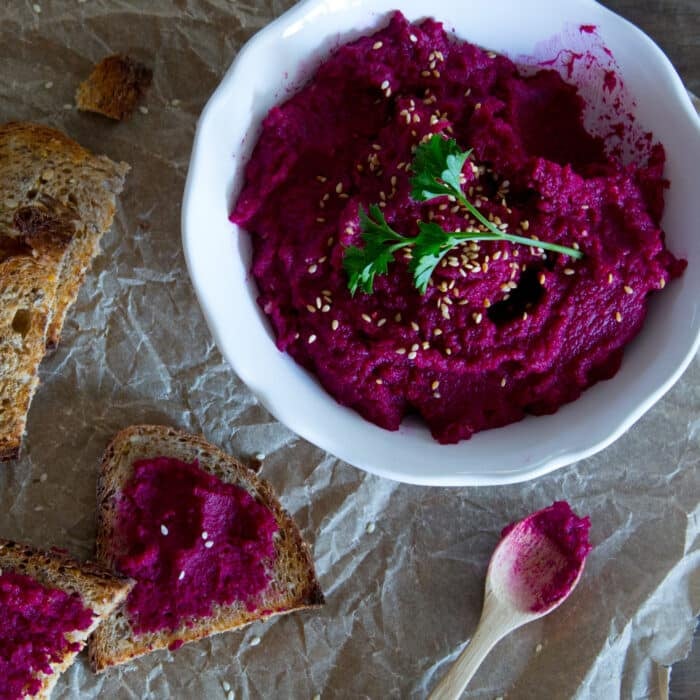Some like it hot. And for those of us that do, there is the chile pepper (no, not chili pepper). Rich in Vitamin A and C, there are over 200 varieties of chile peppers worldwide ranging from 1/4 of an inch to some that are a foot long.
Generally speaking, the smaller the pepper, the bigger the punch. But keep in mind, heat can greatly differ even between the same variety from the same plant! So size isn’t everything.
If you aren’t a fan of the heat and you happen to eat a hot pepper, do NOT drink water. Water distributes the chile’s oils around the mouth, burning even more areas. Dairy based products are best like yogurt or milk.
How to Buy Peppers
Fresh chiles should be very firm to the touch, have smooth skin and rich in color. To guarantee a crisp texture and full flavor, the skin should be free of wrinkles.
The only time wrinkles are okay is when the chile is dried.
Heat
Chiles vary a lot, even amongst the same variety. In fact, a single plant can have up to 35 different piquant levels (levels of spiciness). To choose a milder version of a varietal, select chiles that have broad shoulders and blunt tips (think bell peppers). Hotter versions will have pointed tips and narrow shoulders.
This heat even has a unit of measure, called a Scoville, developed by Wilbur Scoville in 1902. Mild peppers–like bell peppers–rate a zero where jalapenos are mid range at about 3,500 Scovilles.
How to Store Peppers
Fresh Chiles
You should really use chile peppers soon after buying them for optimal flavor. However, they will last for up to two weeks in the fridge if you fold them into a paper towel and place them in a paper bag for storage.
Never freeze fresh peppers!
Frozen Chiles
If you’ve roasted the peppers, use them immediately, as they have a penchant for growing bacteria. You can freeze them too. They will last up to a year frozen. But you should freeze them based on how they will be used. For example, chile rellenos marked for stuffing should be placed on a cookie sheet and frozen for three hours before consolidating them, so they will remain separate. If they are sauce-bound, skin them, chop them and freeze them in bags sized for convenience.
How to Roast & Peel Peppers
You can roast chiles over an open flame, in the oven or on the grill. I prefer grilling because you have the most control. You want to char the skin so that it quickly peels off. If you are roasting them in the oven, you must keep opening it to turn them. If you do it over a flame, you can really only do one at a time. The grill allows you to do many chiles and no need to open the oven every minute.
Once they are charred, remove them and store them in a sealed container. This is to steam them and further remove the peel before you do it manually. I prefer using a covered pot for this. No need to waste a plastic bag or plastic wrap. And the weight of the lid keeps all the heat in.
Steam them in this fashion for about 20 minutes.
When they are cool to the touch, peel off the skin. I remove the stem, seeds and ribs when I defrost them months later. Why? Well, you are freezing them and then defrosting them. Despite their heat, these babies are a bit fragile so by freezing them whole, you help maintain their structure when thawed out.
How to Cut & Seed Peppers
How you prepare a chile pepper depends on how much heat you want. Once you’ve chosen your variety, and the shape, you can further reduce the heat with a few simple tricks.
What Makes Chiles Hot
See, chile peppers contain capsaicin, an oil that runs from tame to full blown disco inferno. This burning sensation is unpleasant to animals while birds are unaffected, a little fun fact there. Why? Well, the oil protects the fruit from consumption by mammals but the bright colors attract birds which then disperse the seeds when they poop. Oh nature, you crazy!
It’s a misconception that this oil is found in the seeds. It is actually in the placental tissue around the seeds and to a lesser extent the flesh of the fruit. The seeds themselves do not produce capsaicin.
So that is the key. If you want the full heat a pepper has to offer, leave the white pith in. If not, remove it. And here is how.
Seeding Chiles
Slice the stem off of the pepper and then cut it into quarters. Using a spoon, scrape out the pith and seeds. I prefer a spoon as it is less likely to cut and tear at the peppers flesh while still removing the unwanted parts.
Now, be careful. You don’t want to touch your eyes (or heaven forbid, your downstairs) without washing your hands first after doing this.
Chile Pepper Varieties
- Mild chiles include the Anaheim chile, poblano chile, Hungarian wax chile, and the ancho chile.
- Moderately hot chiles include the Cascabel chile, chilaca chile, pasilla chile, chipotle chile, and the jalapeno chile.
- Hot chiles include the cayenne chile, Serrano chile, Thai chile, and the Pequin chile.
- The habanero and Scotch Bonnet are extremely hot, offering the strongest heat of all chile pepper varieties!
